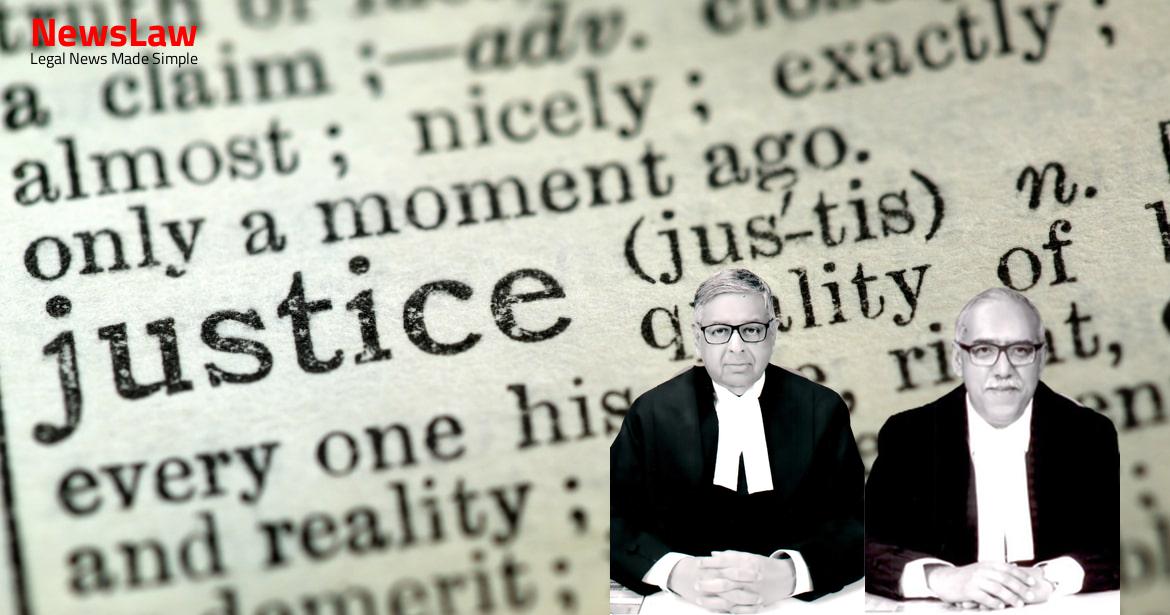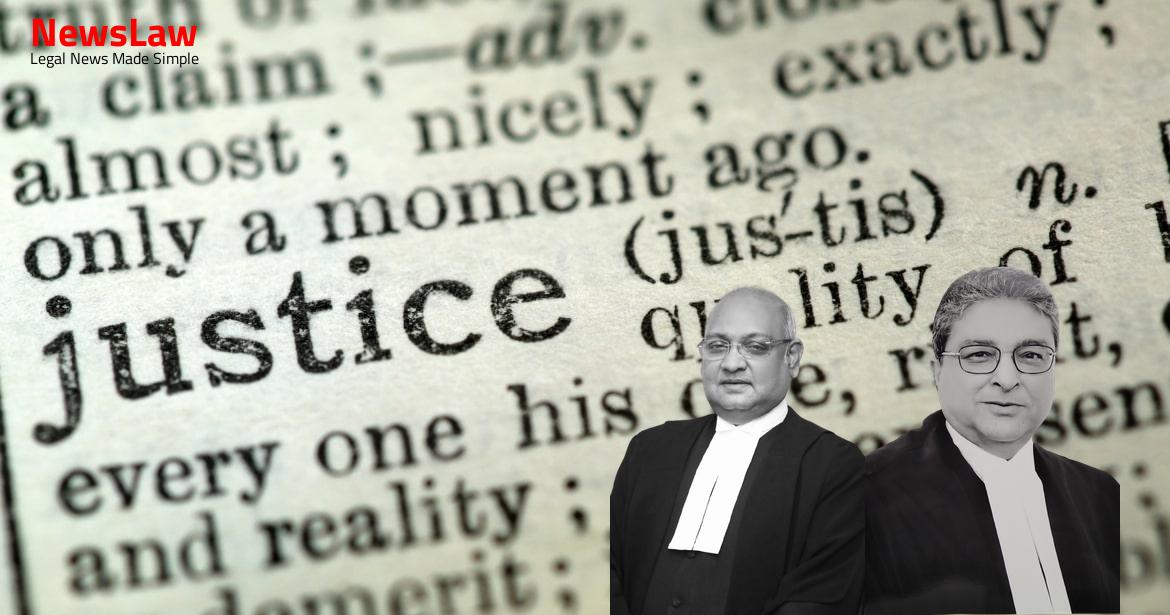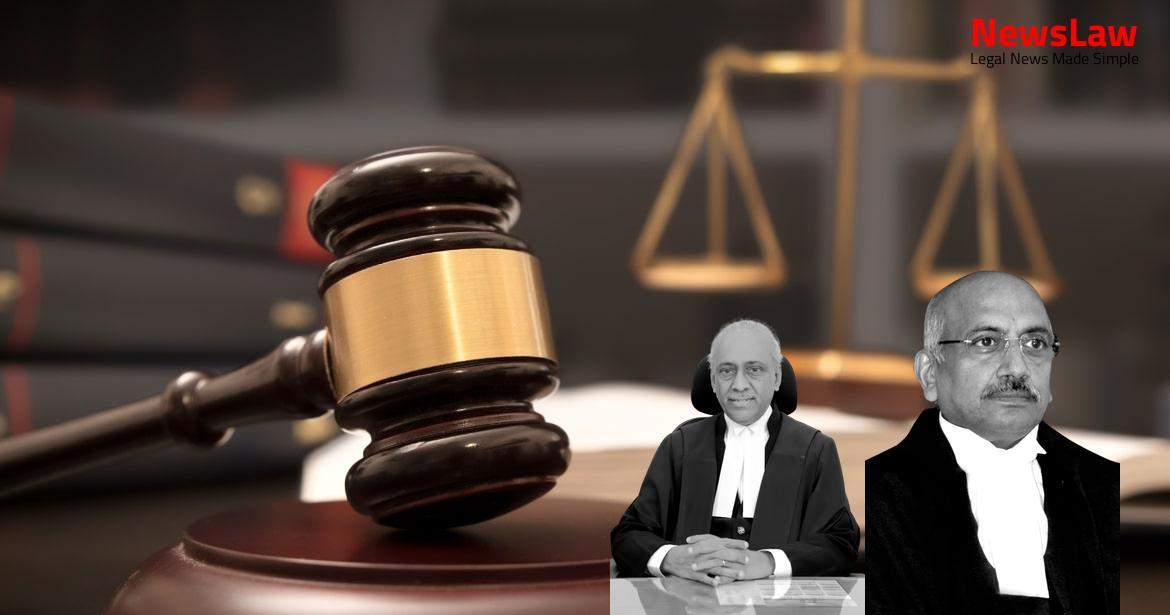In a landmark judgment by the Supreme Court of India, the case of Council of Architecture vs. All India Council for Technical Education was thoroughly examined. The dispute revolved around the conflicting provisions of the 1987 Act and the specific regulations under the 1972 Act, concerning architectural education. Upholding the importance of specific legislation in the field of architectural education, the Court’s decision will have a lasting impact on the regulatory authorities and standards in this domain.
Facts
- Delay condoned in SLP(C) No.17005 of 2016 and SLP(C) No.17006 of 2016.
- Leave granted in all six petitions for special leave to appeal.
Also Read: VVF India Ltd. vs. Employee Union: Wage Revisions & Benefits Case
Issue
- The main issue in this set of appeals is whether the mandate of the Council of Architecture (CoA) or that of the All India Council for Technical Education (AICTE) would prevail in granting approval for conducting architectural education courses.
- The key question pertains to which body’s opinion would take precedence if there is a contradiction between CoA and AICTE regarding granting approval to an institution for conducting architectural education courses.
Arguments
- The argument presented by the petitioner is based on the principle of implied repeal and specific legislation.
- Reference is made to the case of A.B. Abdulkadir Vs. State of Kerala to support the argument.
- The petitioner argues that the 1987 Act is a general law on technical education, while the 1972 Act is specific to architectural education.
- The petitioner contends that the 1972 Act should prevail over the provisions of the 1987 Act in matters concerning architectural education.
- The petitioner emphasizes that regulations framed by AICTE have the force of law and are binding.
- The petitioner relies on the case of Bharathidasan University to support the argument that the 1972 Act should not be eclipsed by the 1987 legislation.
- In case of conflict between the general law (1987 Act) and specific law (1972 Act) on architectural education, the petitioner suggests following the norms set under the specific law.
- The argument is centered around upholding the provisions of the 1972 Act in relation to architectural education over the 1987 Act and its regulations.
- The institution argued that the University
Also Read: Legal Analysis of M/S Rajco Steel Enterprises v. Kavita Saraff: The Dynamics of Dishonoured Cheques
Analysis
- The dispute in the case involves overlapping provisions between the 1987 Act and the Madras University Act, 1923.
- The CoA was formed under the Architects Act of 1972 and is considered a consulting body.
- AICTE contends that the regulations framed under the 1987 Act should prevail over those of the 1972 Act.
- The Architects Act of 1972 deals with architectural education as well as the regulation of the profession of architects.
- The CoA has the power to make regulations regarding the recognition, monitoring, and evaluation of institutions providing architectural education.
- The central government has the final authority for granting or withdrawing recognition of degree or diploma courses in architectural education by academic institutions.
- There are conflicting directives issued by both AICTE and CoA regarding admission capacities for academic institutions.
- The CoA regulations of 1982 specify the physical facilities required for institutions of architecture, including space for classrooms, studios, libraries, workshops, and more.
- The provisions under the 1972 Act state that recognized qualifications in architecture are sufficient for enrollment in the architects’ register.
- The CoA’s role in recognition of qualifications for architects cannot be negated or replaced by the 1987 Act.
- The High Court directed compliance with CoA norms for institutions providing architectural education, emphasizing the construction of necessary infrastructure.
- The identification of dominant purposes of the 1972 Act and the 1987 Act is crucial in determining conflicting provisions and regulatory authorities for architectural education.
- Every authority in India granting a recognised qualification must provide information on courses of study and examinations
- Reports of inspectors must be signed and submitted to the Executive Committee
- Inspectors should not interfere with the conduct of training or examination but report on the adequacy of standards
- The Executive Committee forwards inspection reports to colleges/institutions and the Central Government
- Section 20 of the 1972 Act deals with the withdrawal of recognition of authorities listed in the Schedule
- The CoA can make representation for withdrawal of recognition based on the Executive Committee’s report
- Section 21 empowers the Council to prescribe minimum standards of architectural education
- The AICTE has the power to frame regulations as per Section 23 of the 1987 Act
- The purpose of the AICTE is to plan and develop technical education while maintaining standards
- Minimum standards of architectural education are outlined in the 1983 Regulations
- Section 25 (c) sets conditions for entering one’s name in the register, including prescribed qualifications
- The AICTE can make regulations with specific provisions as per Section 23 of the 1987 Act
- The definition of ‘technical institution’ in the Act excludes universities.
- The Act ensures that specific mention of universities is made whenever interaction with A is required.
- The role of AICTE in relation to the Council of Architects is advisory and recommendatory.
- The Act does not empower AICTE to issue or enforce sanctions independently.
- The Act gives primacy to AICTE in approving technical institutions and monitoring their compliance.
- The Act exempts universities and their constituent institutions from seeking prior approval from AICTE.
- The Act and the University Act have distinct roles in regulating technical education.
- The Act was specially designed for architects and maintaining standards in architectural education.
- The AICTE Act does not undermine the authority of existing statutory bodies like the Council of Architecture.
- The Act does not intend to supervise or control universities exclusively based on teaching standards in technical education.
- The judgment of Ajoy Kumar Banerjee and Others Vs. Union of India and Others was relied upon by the petitioner.
- There was reference made to the judgment in the case of State of Tamil Nadu and Others Vs. Adhiyaman Educational Research Institute and Others where the power of AICTE under the 1987 Act was upheld.
- This is the first appeal addressed in this judgment.
- The Karnataka High Court noted that the controversies will be impacted by the outcome of the appeal from the Bench decision of the Bombay High Court.
Decision
- The judgment of the Bombay High Court in Appeal No.364 of 2005 is sustained.
- The two appeals are disposed of based on the decision mentioned in sub-paragraph (a).
- No costs are awarded.
- All connected applications are disposed of as well.
- AICTE does not have authority to regulate architecture education in the concerned institution.
- The decision of the Kerala High Court in Civil Appeal arising from SLP(C)No.28121 of 2018 is overturned.
- The institution involved can operate with recognition obtained under the 1972 Act.
- The appeal is allowed.
Case Title: ALL INDIA COUNCIL FOR TECH. EDUCATION REP BY ITS MEMBER SECRETARY Vs. SHRI PRINCE SHIVAJI MARATHA BOARDING HOUSES COLLEGE OF ARCHITECTURE THROUGH ITS INCHARGE PRINCIPAL S
Case Number: C.A. No.-000364-000364 / 2005



